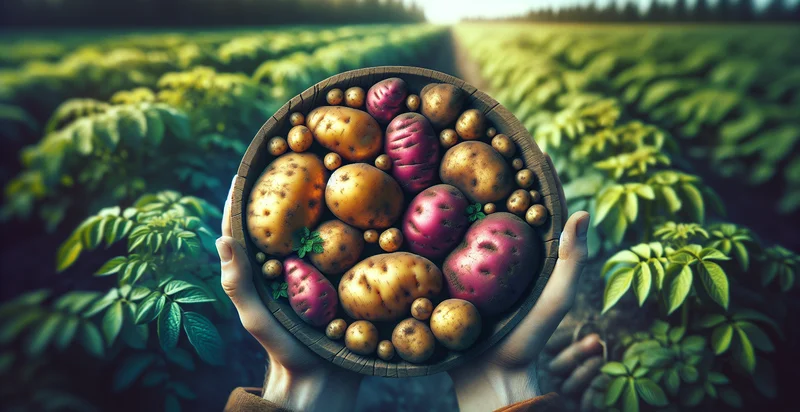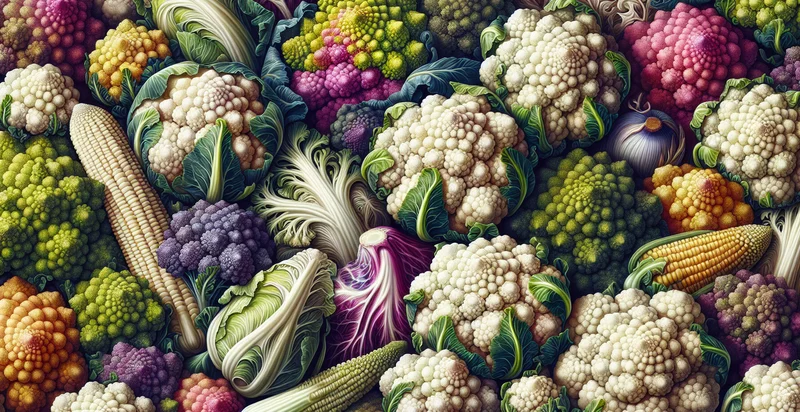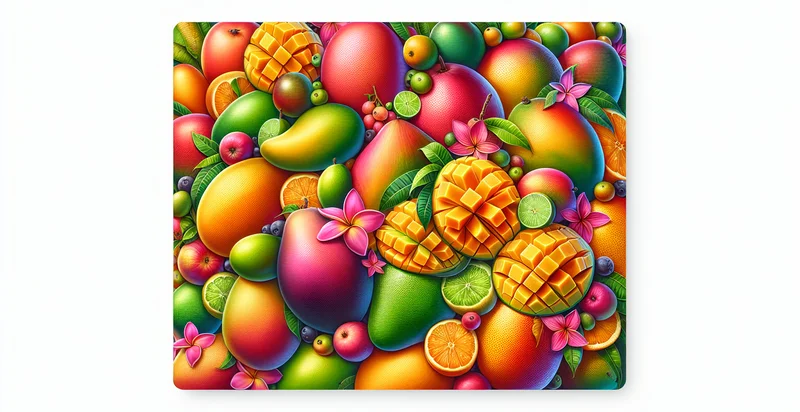Identify potato species
using AI
Below is a free classifier to identify potato species. Just upload your image, and our AI will predict what species of potato it is - in just seconds.

Contact us for API access
Or, use Nyckel to build highly-accurate custom classifiers in just minutes. No PhD required.
Get started
import nyckel
credentials = nyckel.Credentials("YOUR_CLIENT_ID", "YOUR_CLIENT_SECRET")
nyckel.invoke("potato-species", "your_image_url", credentials)
fetch('https://www.nyckel.com/v1/functions/potato-species/invoke', {
method: 'POST',
headers: {
'Authorization': 'Bearer ' + 'YOUR_BEARER_TOKEN',
'Content-Type': 'application/json',
},
body: JSON.stringify(
{"data": "your_image_url"}
)
})
.then(response => response.json())
.then(data => console.log(data));
curl -X POST \
-H "Content-Type: application/json" \
-H "Authorization: Bearer YOUR_BEARER_TOKEN" \
-d '{"data": "your_image_url"}' \
https://www.nyckel.com/v1/functions/potato-species/invoke
How this classifier works
To start, upload your image. Our AI tool will then predict what species of potato it is.
This pretrained image model uses a Nyckel-created dataset and has 20 labels, including All Blue, Austrian Crescent, Bintje, Cascadigos, Chieftain, Desiree, Fingerling, Gold Rush, Irish Cobbler and Kennebec.
We'll also show a confidence score (the higher the number, the more confident the AI model is around what species of potato it is).
Whether you're just curious or building potato species detection into your application, we hope our classifier proves helpful.
Related Classifiers
Need to identify potato species at scale?
Get API or Zapier access to this classifier for free. It's perfect for:
- Agricultural Research: This function can be utilized by agricultural researchers to classify different potato species rapidly, aiding in genetic studies and biodiversity assessments. By automating species identification, researchers can focus more on experiments and less on manual classification.
- Supply Chain Management: Potato distributors can leverage this classification tool to ensure they are sourcing the correct species for specific market demands or culinary uses. Accurate identification helps maintain quality control and can enhance buyer satisfaction.
- Consumer Education: Grocery stores and food companies can use the function to educate consumers about the different potato species available, promoting awareness of their unique flavors and uses. This information can improve customer experience and increase sales of diverse potato products.
- Crop Insurance Assessment: Insurance companies can employ this classification function to assess claims related to crop damage due to misidentified potato species. Proper identification helps in evaluating the validity of claims and determining compensation accurately.
- Food Safety Regulation: Regulatory bodies can implement the potato species identifier in food safety inspections to ensure that potato products are correctly labeled and meet safety standards. This can help prevent mislabeling and ensure consumer safety.
- Sustainable Farming Initiatives: Non-profits focused on sustainability can use this technology to identify and promote less common potato species that are more resilient to climate change. This can encourage the planting of diverse crops and contribute to agricultural biodiversity.
- Culinary Innovation: Chefs and food innovators can utilize this identifier to explore new potato species, encouraging the incorporation of unique flavors and textures in their dishes. This exploration can lead to the development of novel recipes and culinary trends in the food industry.


